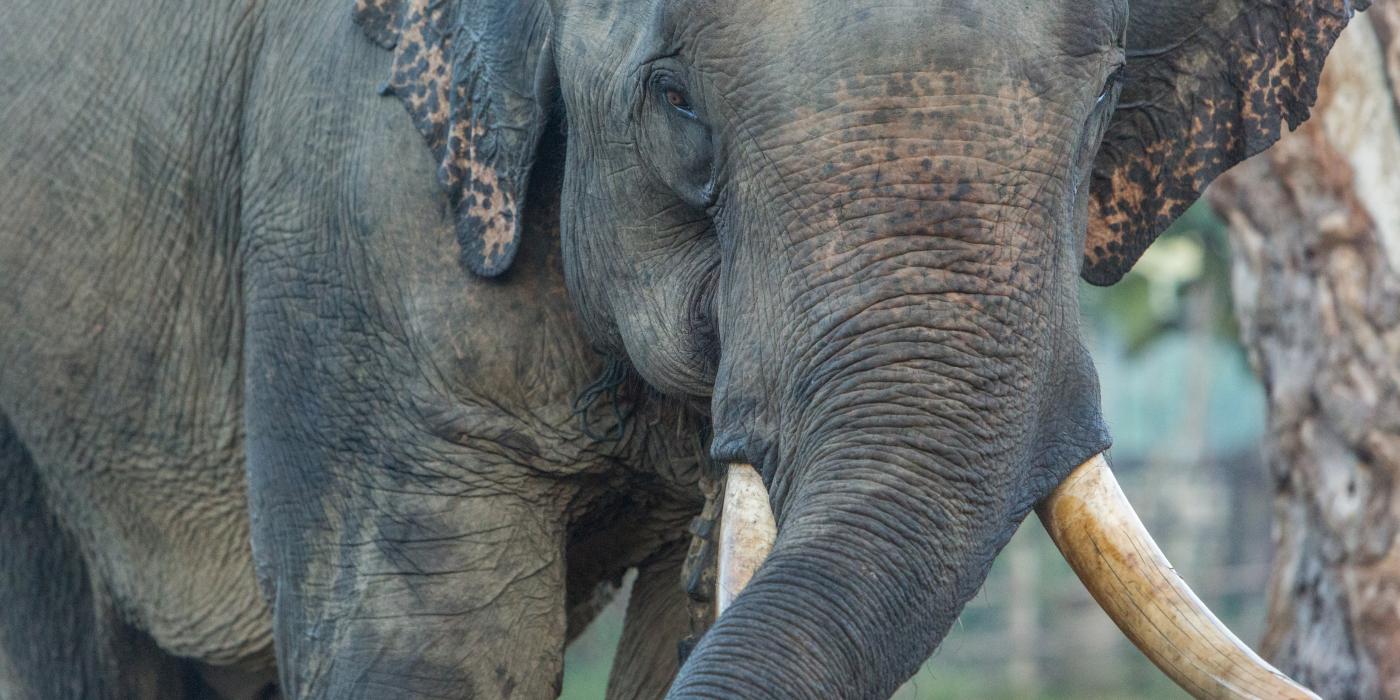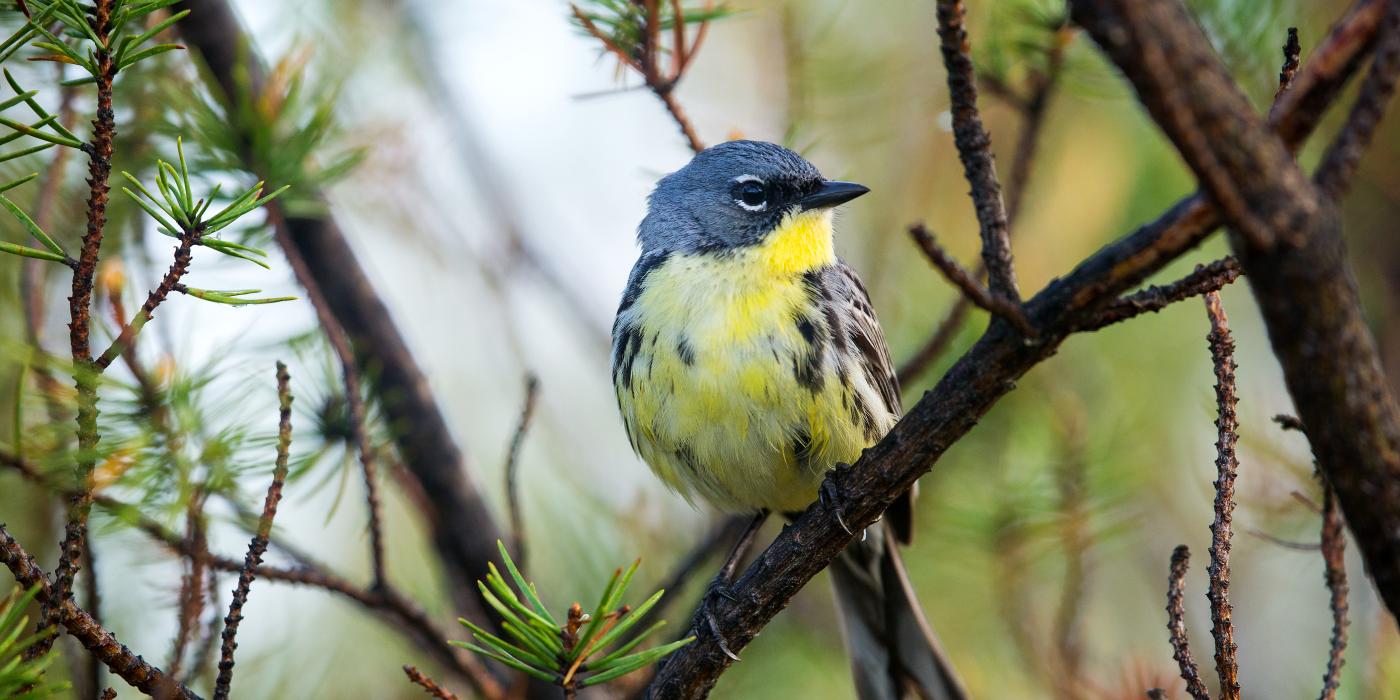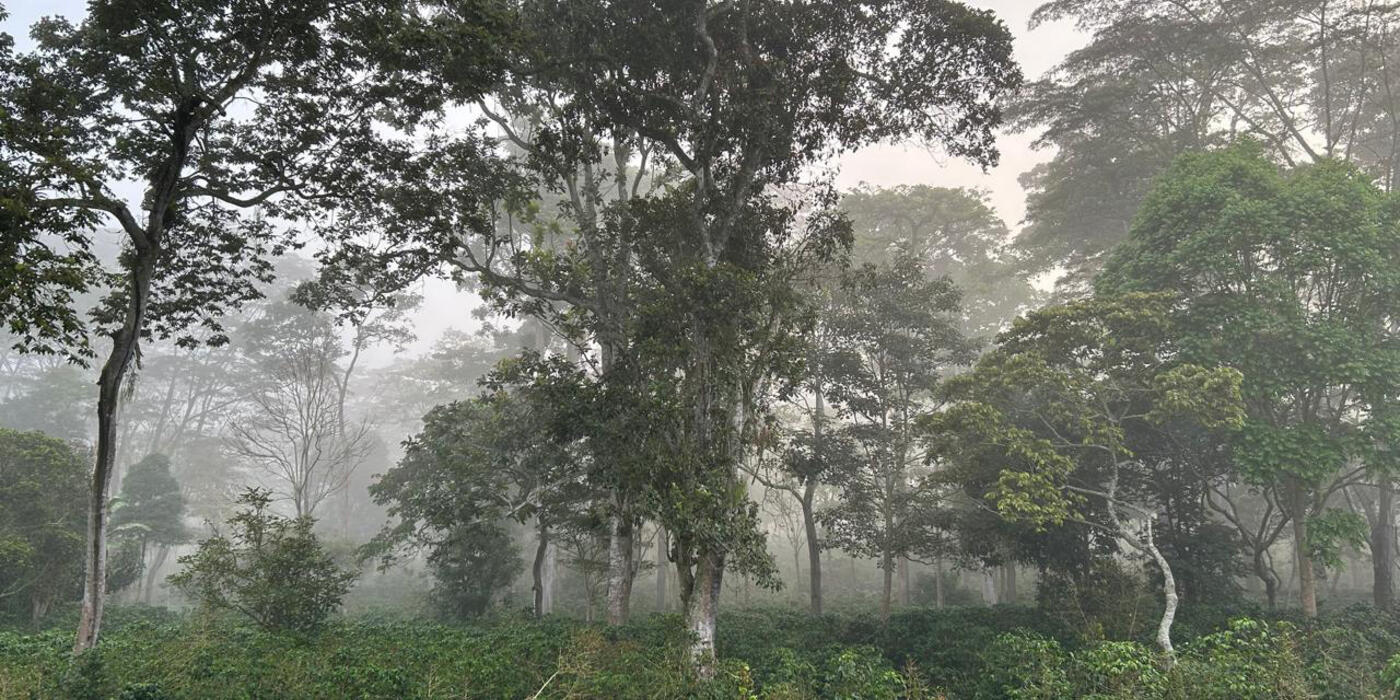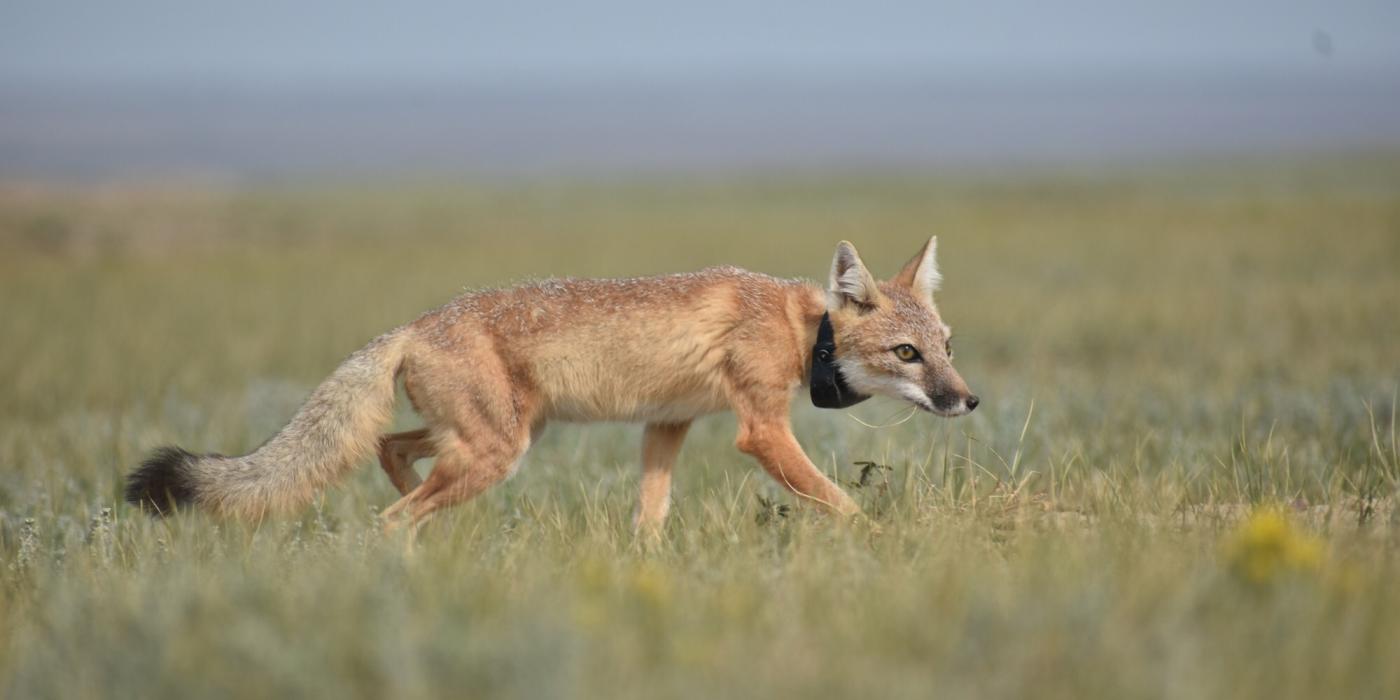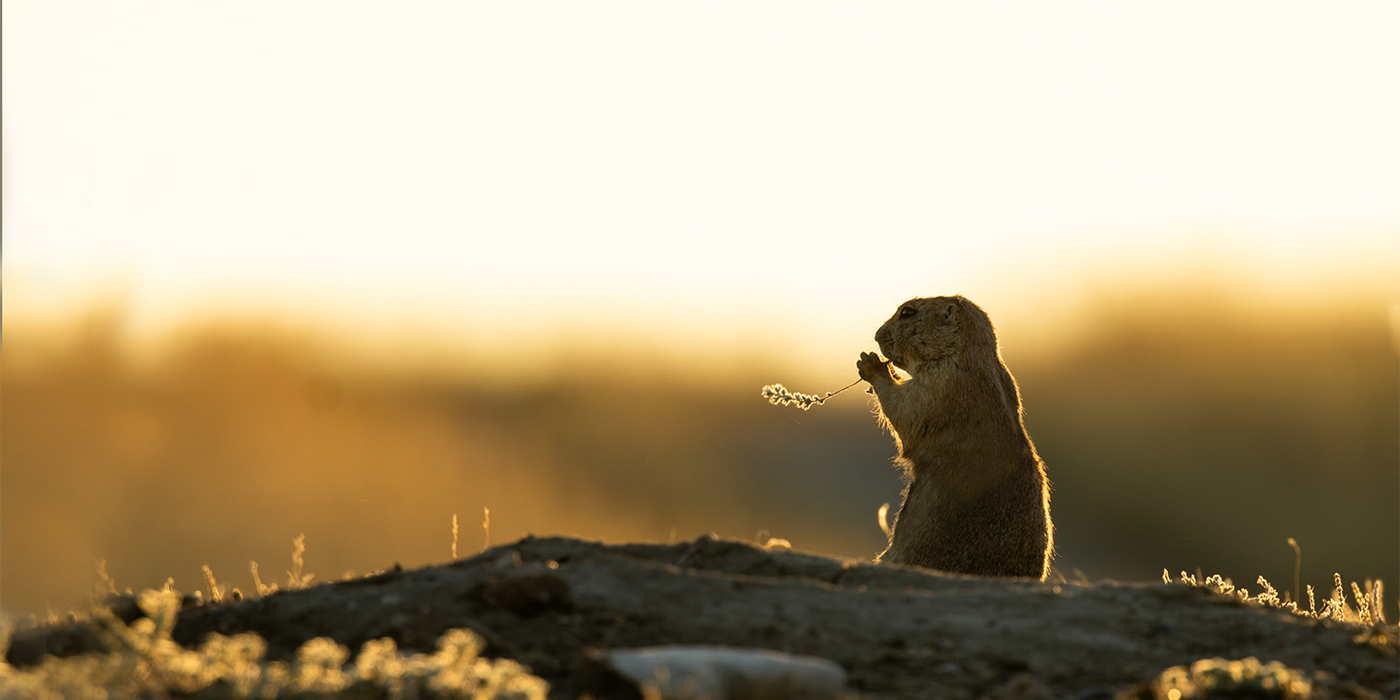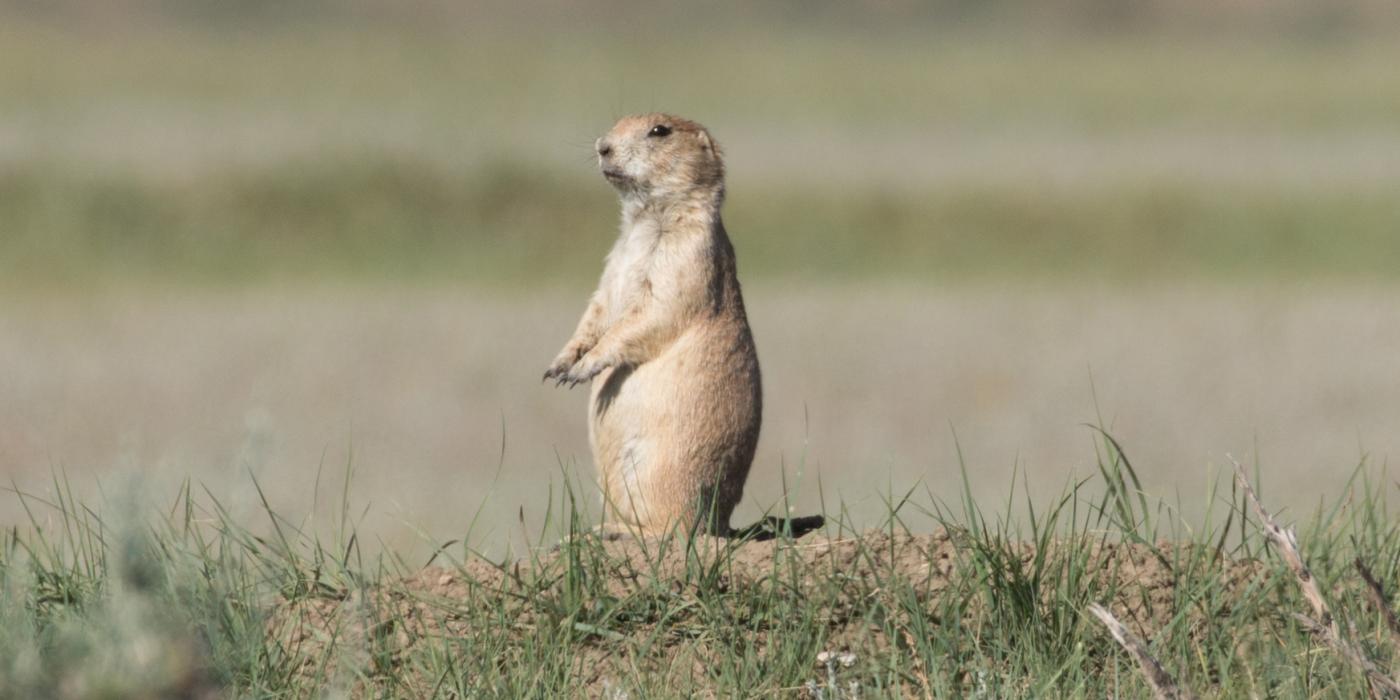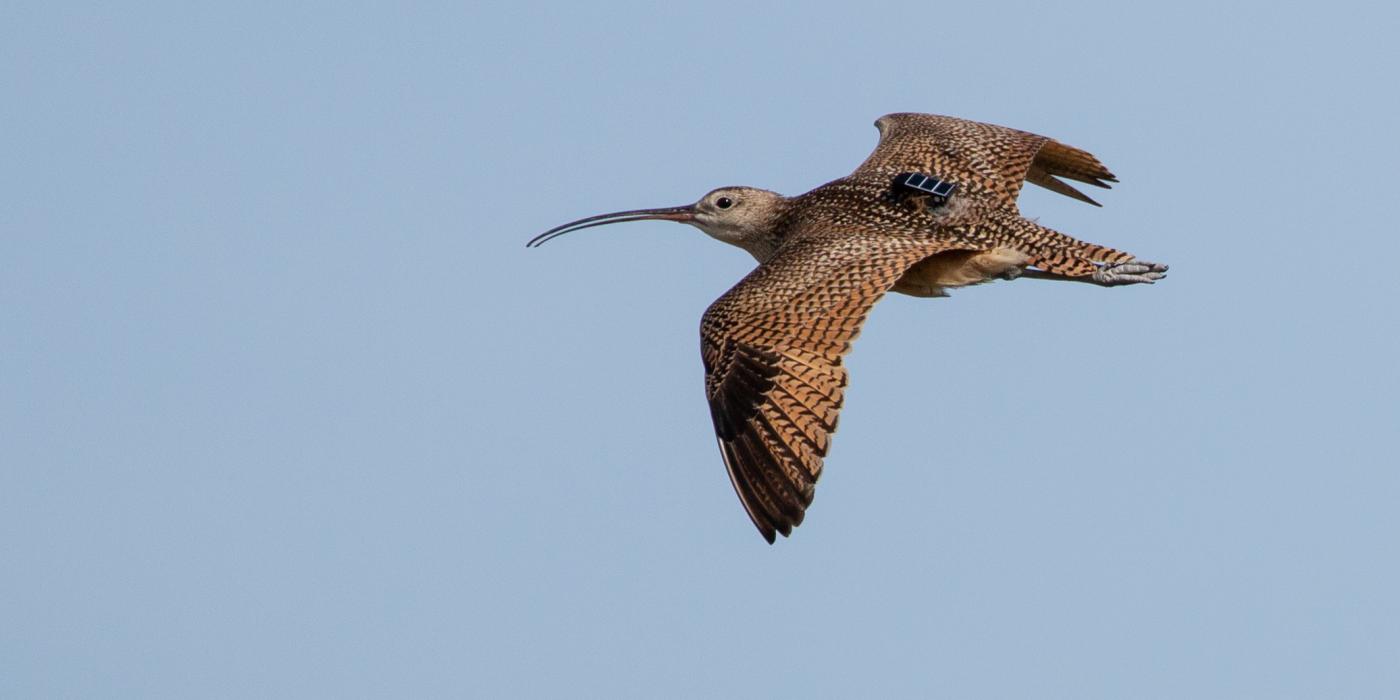Conservation: Saving Wildlife and Habitats Worldwide
From the Zoo in Washington, D.C., to our research campus in Front Royal, Virginia — and field sites across the globe — the Smithsonian’s National Zoo and Conservation Biology Institute (NZCBI) leads international efforts to save wildlife species from extinction, conserve ecosystems, and train the next generation of conservation scientists and practitioners.
We Save Species and Habitats
Saving Asian Elephants ›
Smithsonian scientists are advancing elephant care and reproduction at the Zoo while working with partners to protect wild populations in Asia.
Saving Giant Pandas ›
Our researchers are refining techniques to help giant pandas thrive in human care. Their studies also guide habitat restoration in China.
Saving Amphibians ›
In Panama, the Smithsonian operates a conservation center to restore wild amphibian populations while safeguarding them from a deadly disease.
Saving Migratory Birds ›
From Arctic tundras to tropical forests, migratory birds are tightly linked to Earth's ecosystems. Smithsonian researchers are working across hemispheres to raise awareness and protect critical habitats.
Research Centers and Global Programs
Our conservation work extends across five specialized science centers and four international programs, linking Smithsonian researchers with partners worldwide to protect biodiversity.
Latest in Conservation News
About SCBI
Founded in 1974 and headquartered in Front Royal, Virginia, the Smithsonian Conservation Biology Institute (SCBI) has celebrated many milestones: from black-footed ferret reintroductions to groundbreaking studies in genetics, reproductive biology, and species recovery.




